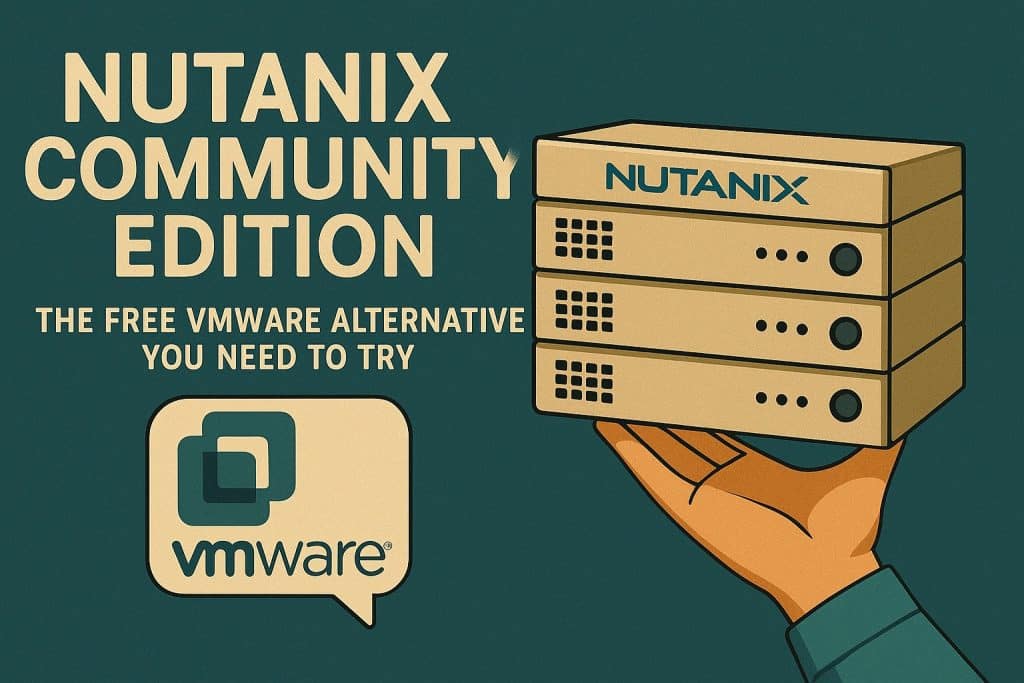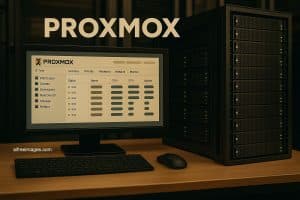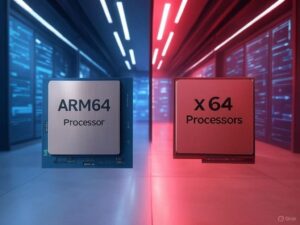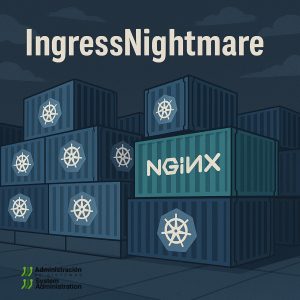Since VMware’s acquisition by Broadcom and the resulting changes in its licensing and support models, many professionals and companies have started looking for more open, accessible, and flexible virtualization alternatives. In this new landscape, Nutanix Community Edition (CE) stands out as one of the most interesting options—especially for labs, proof of concepts (PoC), and technical training.
Nutanix, which has been in the hyperconverged infrastructure market for over a decade, offers CE as an all-in-one solution that integrates storage, compute, and virtualization in a single stack that is easy to deploy and maintain. Best of all: it’s completely free for personal, educational, or lab use.
What is Nutanix Community Edition?
It’s a free version of Nutanix’s enterprise software, designed for non-production environments. It includes:
- AHV: Nutanix’s native hypervisor.
- Prism Element: Simplified web-based management console.
- CVM (Controller VM): A virtual machine that manages storage and orchestration services.
- Native distributed storage (based on NDFS).
- Support for deployment on bare-metal or virtual machines, as demonstrated in the shared technical lab.
Although limited to 1–4 nodes and without official support, its ease of deployment makes it an ideal choice for those wanting to learn Nutanix or experiment with a hyperconverged environment without investing in licenses.
Comparison: Nutanix CE vs VMware vSphere Essentials Plus
Here’s a comparative table between Nutanix CE and a popular VMware alternative like vSphere Essentials Plus, widely used in small and medium-sized businesses:
| Feature | Nutanix Community Edition (CE) | VMware vSphere Essentials Plus |
|---|---|---|
| License | Free (non-commercial use, no official support) | One-time payment or annual subscription |
| Hypervisor | AHV (KVM-based) | ESXi |
| Centralized Management | Prism Element (web, integrated) | vCenter Server (required, separately licensed) |
| Shared Storage | NDFS (native distributed storage) | Requires external NAS/SAN or vSAN (extra cost) |
| High Availability (HA) | Limited due to single-node setup in CE | Included |
| Snapshots & Clones | Included | Included |
| Native Backup/Replication | Included (node-to-node replication, no extra software) | Only with Veeam or third-party tools |
| Minimum Requirements | 64 GB RAM, 4 vCPU, 3 virtual disks | 32 GB RAM, 2 vCPU, local disk (for ESXi) |
| VM Use in Nested Environments | Yes, even on VMware Workstation | Yes, but performance and support are limited |
| Scalability Limits | Up to 4 nodes | Up to 3 hosts in Essentials Plus |
| Production Cluster Support | No | Yes |
| Updates | Manual, no automated support | Via vSphere Update Manager |
| Best For | Labs, PoC, technical learning | SMBs, low-cost production environments |
Why Nutanix CE is an Ideal Choice in 2025
Nutanix CE lets you learn at home with the same tools used by large enterprises in production. For administrators looking to become familiar with modern hyperconverged platforms, Nutanix is a market reference alongside VMware and Microsoft Hyper-V. Key highlights include:
- All-in-one integration: No need for external storage arrays or additional software.
- Fast installation: You can have a cluster up and running in under an hour.
- Prism Element is an intuitive console, great for beginners.
- Compatible with physical or virtual clusters, ideal if you don’t have dedicated hardware.
- Test real-world scenarios like VM deployments, backups, snapshots, and resilience (in multi-node setups).
Conclusion
Although VMware remains a virtualization giant, Nutanix CE is an excellent gateway into modern hyperconverged infrastructure—free of licensing barriers, easy to set up, and offering a learning environment close to production-level systems.
If you’re an IT professional, student, or tech enthusiast, Nutanix CE allows you to build a high-end lab at zero cost. And if your organization is exploring alternatives to VMware, this is an excellent starting point to discover new possibilities.
Get ready—the HCI revolution can also be learned from home.











